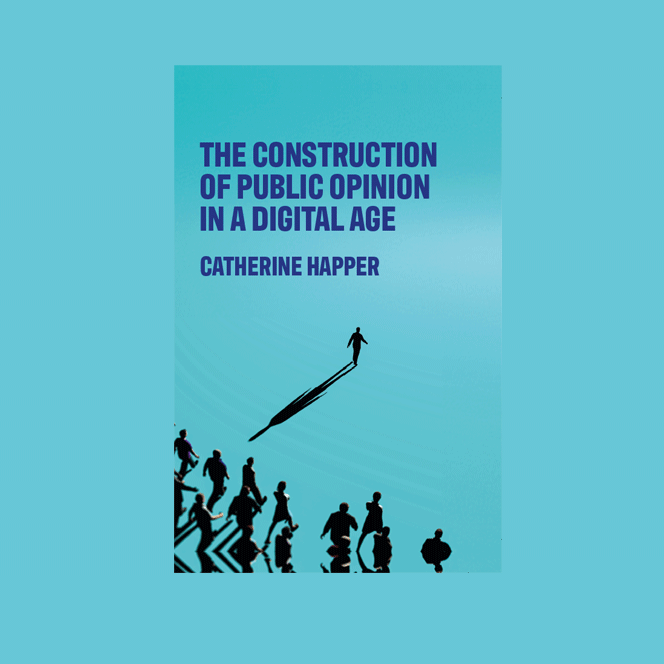When last month the Labour government, and the prime minister himself, began to suffer from a significant drop in approval ratings, the explanation offered was: too much ‘doom and gloom’. As the call went out for more optimistic rhetoric, government insiders demanded ‘more people with serious political and media experience’ to be installed (1). Similarly, when asked to reflect on her own defeat and the continuing challenge of Donald Trump, Hilary Clinton conceded that the Democrats are just not as ‘effective messengers’ as their opponents (2). And earlier this year, asked about the causes of the collapse in trust in politicians, former PM David Cameron responded decisively with two words: social media (3).
We might be tempted to write this off as politicians, perhaps not surprisingly, looking for ways to deflect from their own failures, but this tendency to see media and communications as causes, problems and solutions – as driving social phenomena all by themselves – is not exclusive to the political class. Investigating the decline in legitimacy of public institutions, anti-social behaviour, and the rise of the far right and more recently the UK riots of August this year, researchers across disciplines have developed a tendency to centre analyses of media – and largely on what is produced and circulated online
Finding unsuspected connections
It was my frustration with this quite narrow focus in part that led me to write my new book, The construction of public opinion in a digital age (Manchester University Press, December 2024). Having conducted over a decade of focus group studies looking at the role of media in shaping people’s opinions and thoughts, it was clear to me that the media’s role in social change must be understood in the context of cultural formations, value systems, and the socio-economic conditions within which people are immersed, and not in isolation. What was lacking in existing accounts was the application of a sociological imagination, which as C Wright Mills’ noted is ‘often successfully invited by putting together hitherto isolated items, by finding unsuspected connections’ (4).
Historic context
The first task is to locate these questions in their own socio-historical context. The period of my research is one of significant social and political change – Brexit, the ascendance of Trump in the US, increasingly felt climate impacts and COVID – located in the increasingly crisis-prone politics of neoliberalism, facilitated by and articulated through a media system transformed by digital technologies.
Whilst these political and technological changes are distinct, they have developed in parallel over this period and should be seen as inter-connected. A key aspect of this is in their constructed sense of enhanced freedom – in the case of social media the freedom to speak, to get heard, and go anywhere for information, and in the case of neoliberal politics, the freedom to choose where and when to work, and to choose the best healthcare and schools. However, looking under the cover, people have been subject to ever more intense forms of control and we have seen greater conformity of thought and behaviour.
The disconnect
And these tensions are felt in the everyday. A central argument of the book is that, in this time, we have seen the emergence of a ‘disconnect’ between mainstream media, as the primary mechanism for promoting the promises and solutions of neoliberalism in the digital age, and people’s real world experiences of the outcomes the system actually produces. Greater freedom in work has led to greater insecurity, greater freedom to speak has led to increased aggression, division and self-censorship as a response. As Starmer’s government is finding, neoliberal promises of sensible spending to reap rewards later is no longer trusted. People don’t believe things will get better.
This disconnect was evident across my research, particularly so in the run-up to Brexit, but is experienced to different degrees by different groups in society. These differences relate to questions of class, education, age, ethnicity and so on, and the degree to which the disconnect is felt also plays a role in how much individuals and communities turn to and invest trust in the alternatives offered by social media. Those who experience the feelings of disaffection and powerlessness produced by this gap between promise and reality most intensely are likely to be pushed furthest away from a mainstream media which no longer speaks to them or for them. Language – the words and phrases people are familiar with and root them in the cultures of work, education, and politics – is an immensely important aspect of this.
A new six filter model of media and opinion formation
In my book I also wanted to make a conceptual contribution – to move beyond an analysis of what is happening now to develop a model which offers an understanding of how the inter-relations between media, politics and everyday lives might produce social phenomena such as the disconnect in a more systematic way. This inductive model draws on the many hours of discussion I conducted from 2011 with a diversity of socio-economic in the UK and US. It operates across six filters – ideology, value systems, interpersonal communication, identity and alignment, modes of media engagement and lived experience – which dynamically interact to produce patterns in opinion and belief.
My aim here was to update existing models of how mainstream media, still relatively consistent in respect of the narratives they promote, shape public opinion to an understanding of the new mechanisms for governing opinion and thought in social media environments. Where social media is broadly perceived as millions of utterances and demonstrations of ‘what other people think’ it is a uniquely powerful tool of media persuasion and social conformity as the norms of acceptable thought and behaviour are absorbed as people engage in ever more intense ways.
Media and social change
In spite of what is largely an argument about the dangers of intensely mediated lives and alienation from our own experience, through application of the model, I also identify those spaces where communications can play a role in forms of resistance to power. These include, for example, ways in which to steer individuals to healthy behaviours in an increasingly corporatised food system. At the societal level, this is about re-orientating current frustrations away from right-wing alternatives to produce demands for positive change.
This is not to say that attempts to regulate social media aren’t important (though we should always be mindful that state control of information usually targets resistance to the system first), but that we should not let politicians and other powerful groups off the hook.
Read more about my book, The Construction of Public Opinion in a Digital Age.
Notes:
- https://www.theguardian.com/politics/2024/sep/29/cabinet-ministers-10-downing-street-jonathan-ashworth-return
- https://www.bbc.co.uk/news/articles/c5y9lg50gndo
- David Cameron interviewed on the Today programme, Radio 4, 13 June 2024.
- Wright Mills (1959) On Intellectual Craftsmanship: Appendix to, The Sociological Imagination, Oxford University Press.
Catherine Happer is Senior Lecturer in Sociology and Director of the Glasgow University Media Group. Her research interests are in media and communications, public opinion, climate and environmental communications and public trust. Twitter: @catherinehapper


